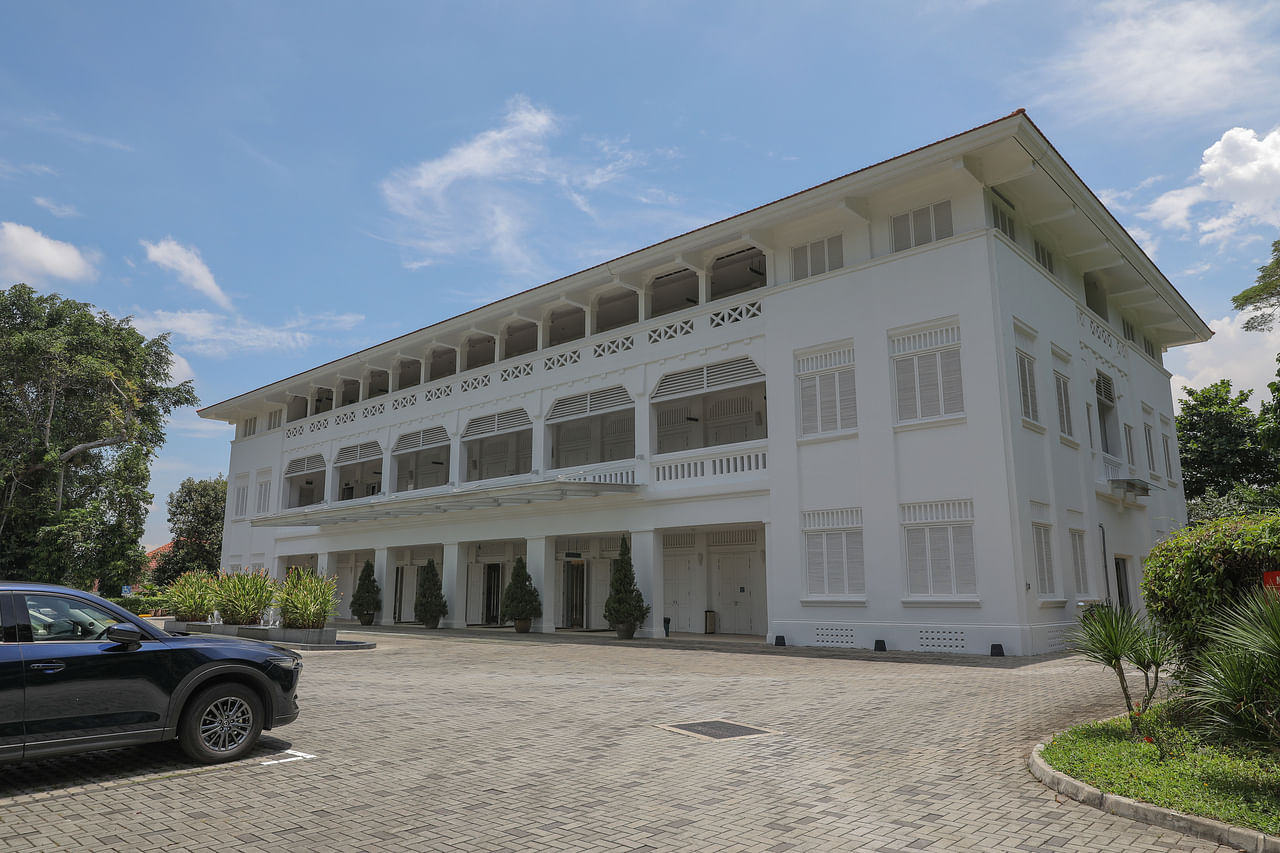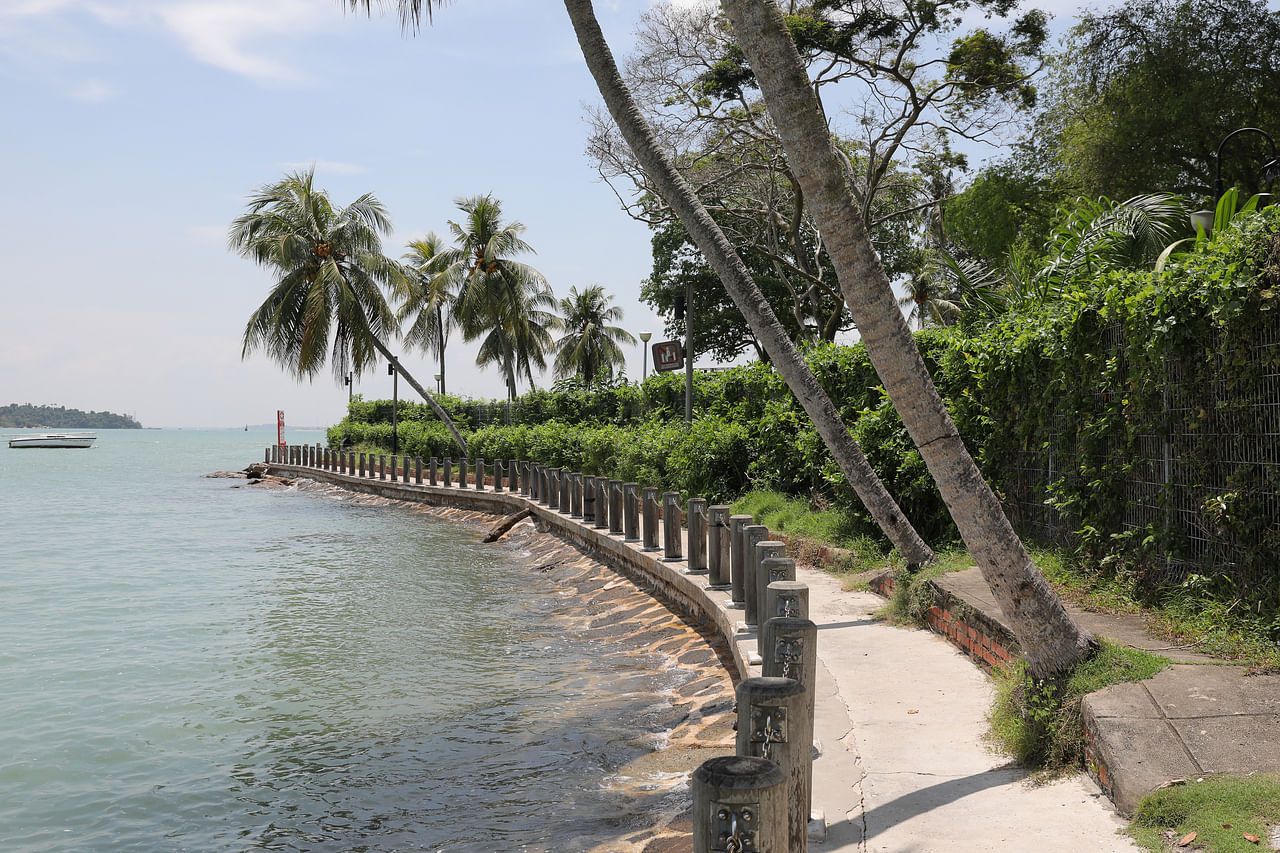Have ideas on how to repurpose Old Changi Hospital or enhance Changi Point? You could win up to $6,000


SINGAPORE - Can the derelict Old Changi Hospital, a site for many a ghost-hunting expedition, find new life?
The authorities hope so, and want ideas on how to repurpose it, as well as the history-rich Changi Point, while retaining its charm.
Bearing in mind the area's current zoning for sports and recreation, the Singapore Land Authority (SLA) and the Urban Redevelopment Authority (URA) have launched a competition seeking ideas to enhance the area, while retaining its abundant built and natural heritage.
The competition begins on Thursday (April 15) and will run till June 9 when submissions are closed.
Entries can be submitted in two categories - for students in design-related disciplines in tertiary institutions, and an open category for all from other backgrounds.
Participants can tackle one or both challenges.

The first is an overall plan for Changi Point, which requires participants to devise a concept master plan that guides enhancement of the 42ha competition area, while the second sees participants proposing ideas to repurpose Old Changi Hospital.
For the concept master plan, participants are to balance retaining the quiet, rustic character of the area while suggesting enhancements that might attract more visitors to Changi Point.
To achieve this, participants are advised to suggest ways of repurposing existing infrastructure in the area, instead of proposing intensive development works.
The competition also prompts participants to include community spaces within the site, and improve accessibility, especially to the coastline that borders the area's north.
As for Old Changi Hospital, participants are invited to submit ideas that give it a new lease of life while retaining its buildings' architectural features.
Heritage author Jerome Lim, who researched the hospital’s history, said that records show that the site was used only as a fully functioning hospital after World War II from 1947, when the British Royal Air Force took over the buildings at Changi Point.
Asked about rumours of paranormal sightings at the old hospital, Mr Lim said that these were likely unfounded, and probably became popular only after the hospital ceased operations in 1997.
“I think there is a misunderstanding of this history of the area,” he said. “For instance, while the eventual hospital building did serve as a prisoner-of-war (POW) camp, it was only for a short period between February 1942 and May 1943.
“According to accounts, life was relatively more pleasant here for prisoners-of-war than it was elsewhere, and there were no records or accounts of hospital tortures, meaning the rumours are likely untrue.”
In fact during the days of the POW camp, the POW hospital was at Roberts Barracks, a site which is within the current Changi Air Base (West), said Mr Lim.
An SLA spokesman said that after 1997, agencies studied various uses that could be suitable for the site and compatible with the surroundings, adding that the authority recognised the old hospital’s heritage and architectural merits like the high headroom, large roof overhangs and open verandas – typical of British military architecture adapted for the tropics.
Tenders launched by SLA in 2006 and 2012 for the adaptive reuse of the site were unsuccessful.
In a statement on Thursday, URA and SLA said suitable ideas and concepts from the competition will be "distilled into the design principles and planning parameters for the site".
Ms Yap Eai-Sy, SLA’s director of business planning and development, as well as leasing, added that the ideas canvassed will help build on the area’s unique identity and military heritage, which it shares with other coastlines along the Greater Rustic Coast.
Announced in the URA Master Plan 2019, the 50km-long Greater Rustic Coast spans Lim Chu Kang to Changi, and includes other coastlines such as Sembawang Park and Punggol Point.
Within the competition boundary are 10 commercial blocks, 23 residential blocks with a total of 71 units, and 24 chalet blocks by addresses.
Among them are two old barrack buildings - 34 and 35 Hendon Road - which now house European Bank BNP Paribas’ Asia Pacific training campus.

The bank's head of human resources for South-east Asia, Ms Theresa Ho, said it chose to sink its roots in the historic buildings to mimic the theme of its Paris campus, situated in a 23ha estate that dates back to the 18th century.
"Changi Point is a very beautiful place, it's away from the hustle and bustle of the city, and our staff can focus on learning, and enjoy the blue skies, greenery and sea view," she said.
"And I think what would be disappointing is if the Government were to destroy all these buildings, and then construct another (modern) building. Where is the charm? Where is the character? Where is the history? These things will be gone," said Ms Ho, adding that she hoped more companies would see value in repurposing old buildings in the area.

Asked if the competition’s emphasis on repurposing buildings in the area might indicate the authorities’ interest in conserving some of them, SLA and URA said in a joint reply to The Straits Times: “Conservation of our built heritage is done as part of land use planning, and balanced with other competing land uses to support our nation’s development.
“Hence, we take a highly selective approach in conservation by assessing the architectural and historical merits of buildings and structures, vis-à-vis the development plans for the site.”
“URA is studying possibilities to retain the heritage and recall the history of these buildings through different strategies, including retaining the more significant ones for adaptive re-use. Other strategies may include storytelling and heritage trails,” added the spokesmen.
The competition's jury will comprise representatives from the public and private sectors of various related disciplines, said SLA and URA.
Prizes will be awarded for the top three proposals in each of the two categories - open and tertiary - with prize money ranging from $2,000 to $6,000 for the open category, and from $1,000 to $3,000 for tertiary students.
Those interested in the competition can find out more on it and register at this website.
This article was first published in The Straits Times.